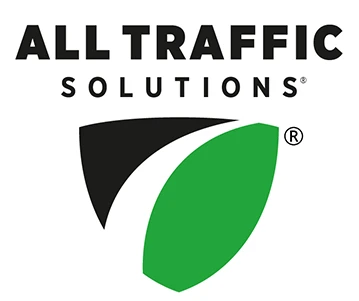Last week we discussed some of the parking management woes that many facilities face on a daily basis. Now let’s take a look at how adopting a “Smart Cities” approach to parking challenges offers a variety of lasting solutions.
Just as municipalities are using technology to solve their most pressing parking challenges, your organization can do the same. By leveraging the right technologies like cloud-based control of devices and data and sensor connectivity, and by utilizing analytics to track important metrics such as peak parking hours, availability and number of speeding incidents, you can successfully optimize your parking facilities, increase productivity and keep parkers and pedestrians safer. These tools also provide valuable data and analytics for reporting the success of your initiatives to management.
Best Practice #1: Manage your parking availability to reduce circling, improve parking space “findability” and increase safety in your facility.
Most parkers want to find their spots quickly and easily. Whether you’re a hospital, a corporate campus, a sports venue or a mall, guiding parkers to the spot they are looking for is critical to customer satisfaction.Wayfinding reduces circling, resulting in a safer, less congested facility and lowered emissions for everyone. Your best bet is to track availability and provide notifications to your parkers in the manner most convenient to them at the point that they need it, via message signs, LED bollard indicators or parking apps.
Best Practice #2: Use smart traffic calming techniques to provide a safe facility.
Speeding accounts for over 27% of traffic deaths in the US. The interaction between parkers and pedestrians has the potential for negative outcomes, so ensure that you are doing everything in your power to constrain speeds to a safe level. Understand where and when you have speeding issues, and implement best practice traffic calming initiatives to ensure that your pedestrians, as well as other parkers, are provided a safe and secure experience.
Best Practice #3: Leverage onsite messaging to pass along important communications to visitors.
Variable messaging, which provides messages based on input like radar (“Slow down, too fast”) or availability information (“14 handicapped spaces available”) can help parkers quickly and easily get to the parking they need, and contributes to the safest environment possible. Pre-programmed message signs (“Stairway 6 closed, go → to Stairway 7”) are extremely effective in helping parkers have a positive experience. Message signs can also be used for company communications (“Health fair today”).
Best Practice #4: Using the Cloud, automate conditional messages to manage your parking and safety 24/7.
Conditional messaging is extremely useful in providing important information to parkers even when you’re not there. Information regarding current driving conditions (“Ramp to 6th floor parking icy, proceed with caution”), traffic issues (“Highway 51 experiencing heavy traffic”), and services using pre-set conditional messages, including Time to Destination maps, all work to increase safety and efficiency for parkers.
Best Practice #5: Utilize data to understand what your true parking needs are.
Knowing when it’s time to add capacity can be truly perplexing. By understanding your true parking availability, you can better anticipate parkers’ needs and have all the information necessary to make smarter decisions about capacity, pricing and access. Real data, rather than extrapolated, is key as you determine goforward plans.
If you’d like to talk to one of our parking experts about our solutions please contact us; or request a quote.




